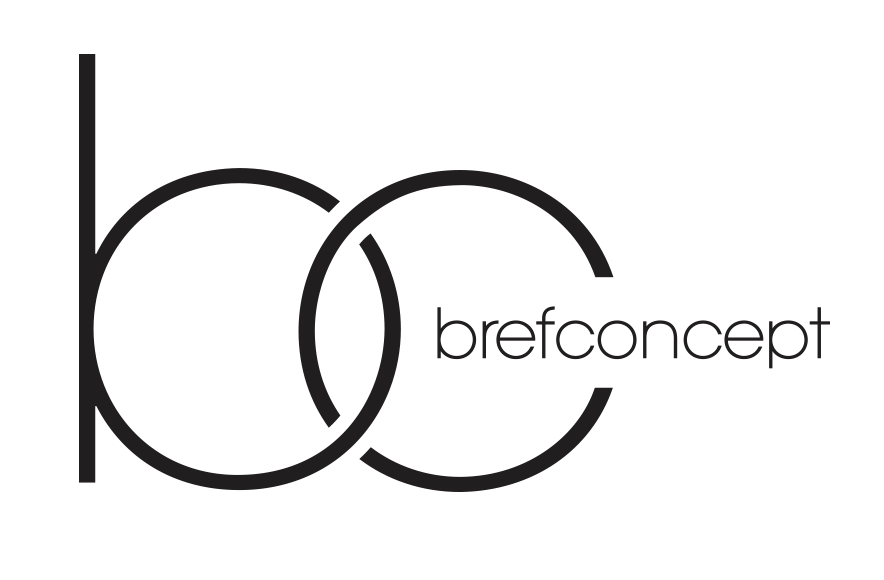
It encompasses current assets such as cash, inventory, and accounts receivable, minus current liabilities like accounts payable and short-term debt. Changes in working capital reflect the fluctuations in a company’s short-term assets and liabilities over a specific period. Working capital shows a company’s financial potential to meet short-term obligations and stay operationally spry. It is calculated as the difference between current assets and current liabilities of two years.
What changes in working capital impact cash flow?

Analyzing financial statements reveals the impact of these changes, allowing for informed decision-making. As it so happens, most current assets and liabilities are related to operating activities (inventory, accounts receivable, accounts payable, accrued expenses, etc.). The current ratio is calculated by dividing a company’s current assets by its current liabilities. In simple terms, working capital is the net difference between a company’s current assets and current liabilities and reflects its liquidity (or the cash on hand under a hypothetical liquidation).

Covering Short-Term Liabilities:
This may prove to be evidence of efficient operations or a quicker stock turnover. At the same time, lower working capital can also cause difficulties in Bakery Accounting borrowing loans for terms. Working capital represents the difference between a firm’s current assets and current liabilities.
Why did I see a negative change in working capital?
- The bottom line is that a negative change in working capital tells investors that the company hopes to generate growth by spending cash on inventories or receivables.
- The textbook definition of working capital is defined as current assets minus current liabilities.
- Free cash flow (FCF) measures a business’s cash from operations minus its capital expenditures.
- And Apple’s Deferred Revenue is not increasing, suggesting that one of its major future growth themes — services — has a long way to go, whereas Microsoft’s transition is well underway.
- Changes in Net Working Capital (NWC) is an important financial metric used by companies and investors to measure the short-term financial health and efficiency of a company.
- This strategic shift demonstrates how effectively managing inventory directly impacts change in net working capital free cash flow.
This can be done by managing inventories better, collecting receivables faster, and extending payables. However, these strategies must be balanced against the company’s operational needs and customer relationships. Efficient net working capital management involves a multifaceted approach, focusing on key areas like inventory, receivables, and payables.

If your firm experiences a positive change in net working capital, it may have more cash to invest in growth opportunities or repay debt. If it experiences a negative change, on the other hand, it can indicate that your company is struggling to meet its short-term obligations. Changes in net working capital can have significant implications for a company’s financial health. For example, if a company experiences a positive change, it may have more funds to invest in growth opportunities, repay debt, or distribute to shareholders.

Data Sheets
- The formula to calculate the incremental change in net working capital (NWC) divides the change in net working capital (NWC) by the change in revenue.
- To reduce short-term debts, a company can avoid unnecessary debt, secure favorable credit terms, and manage spending efficiently.
- This indicates a positive increase of $5,000 in the company’s net working capital.
- The change in net working capital is pivotal for managing liquidity, strategic planning, and operational management.
- On the other hand, examples of operating current liabilities include obligations due within one year, such as accounts payable (A/P) and accrued expenses (e.g. accrued wages).
Reducing inventory could free up cash to be used on other business expenses. Stronger growth calls for greater investment in accounts receivable and inventory, which uses up cash. This, in turn, can lead to major changes in working capital from one month to the next. Below is a short unearned revenue video explaining how the operating activities of a business impact the working capital accounts, which are then used to determine a company’s NWC.
